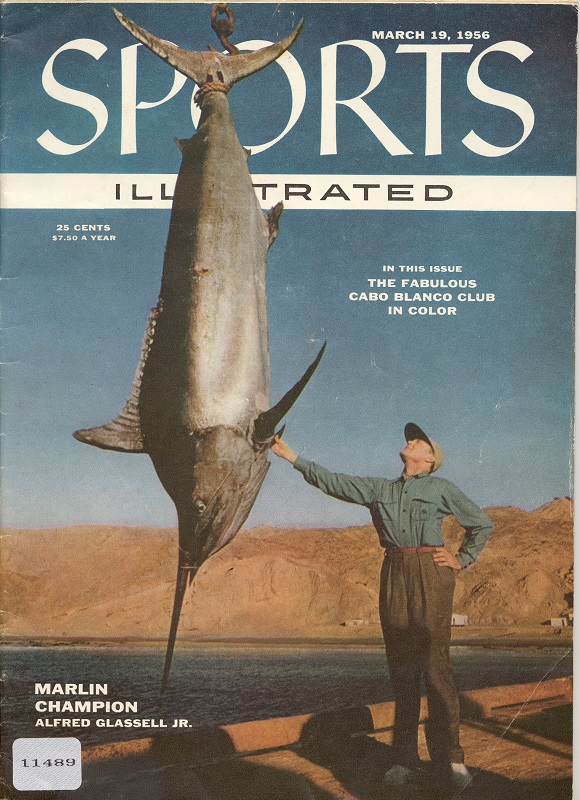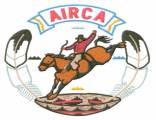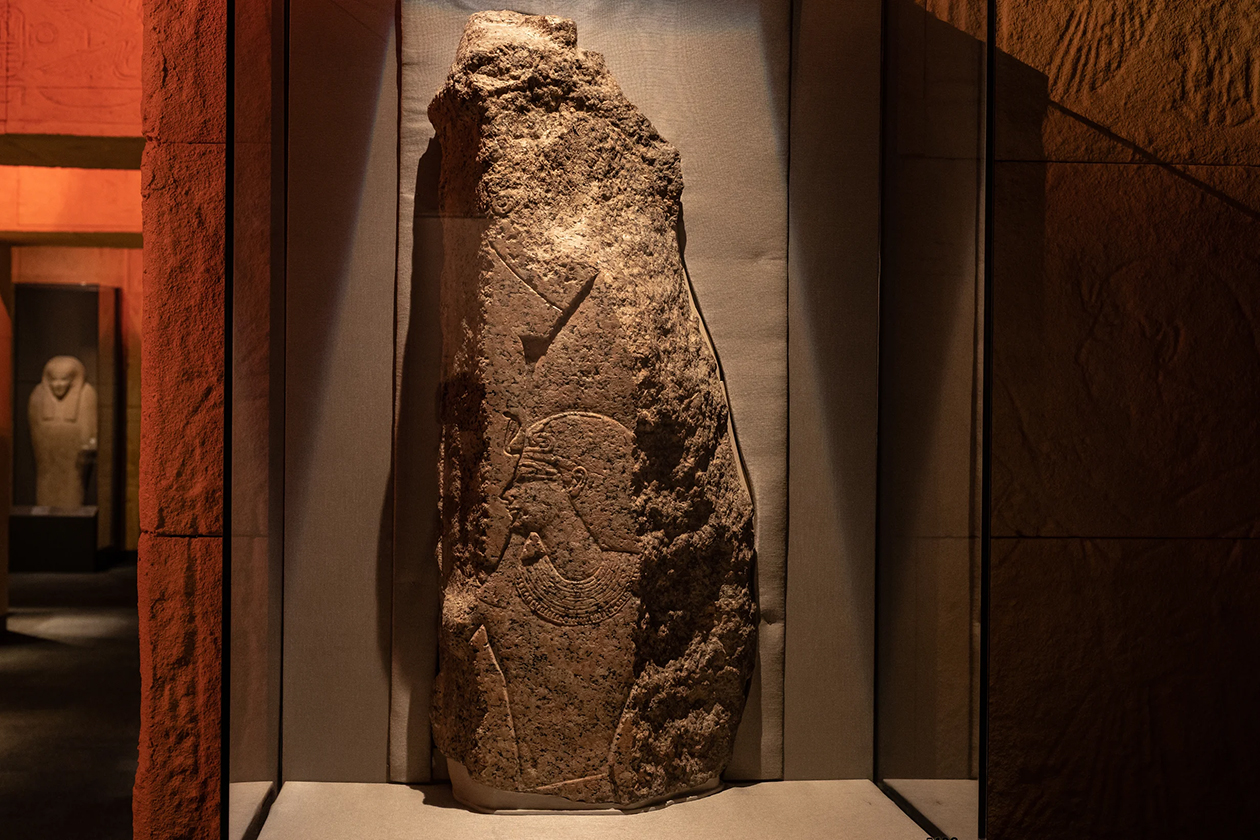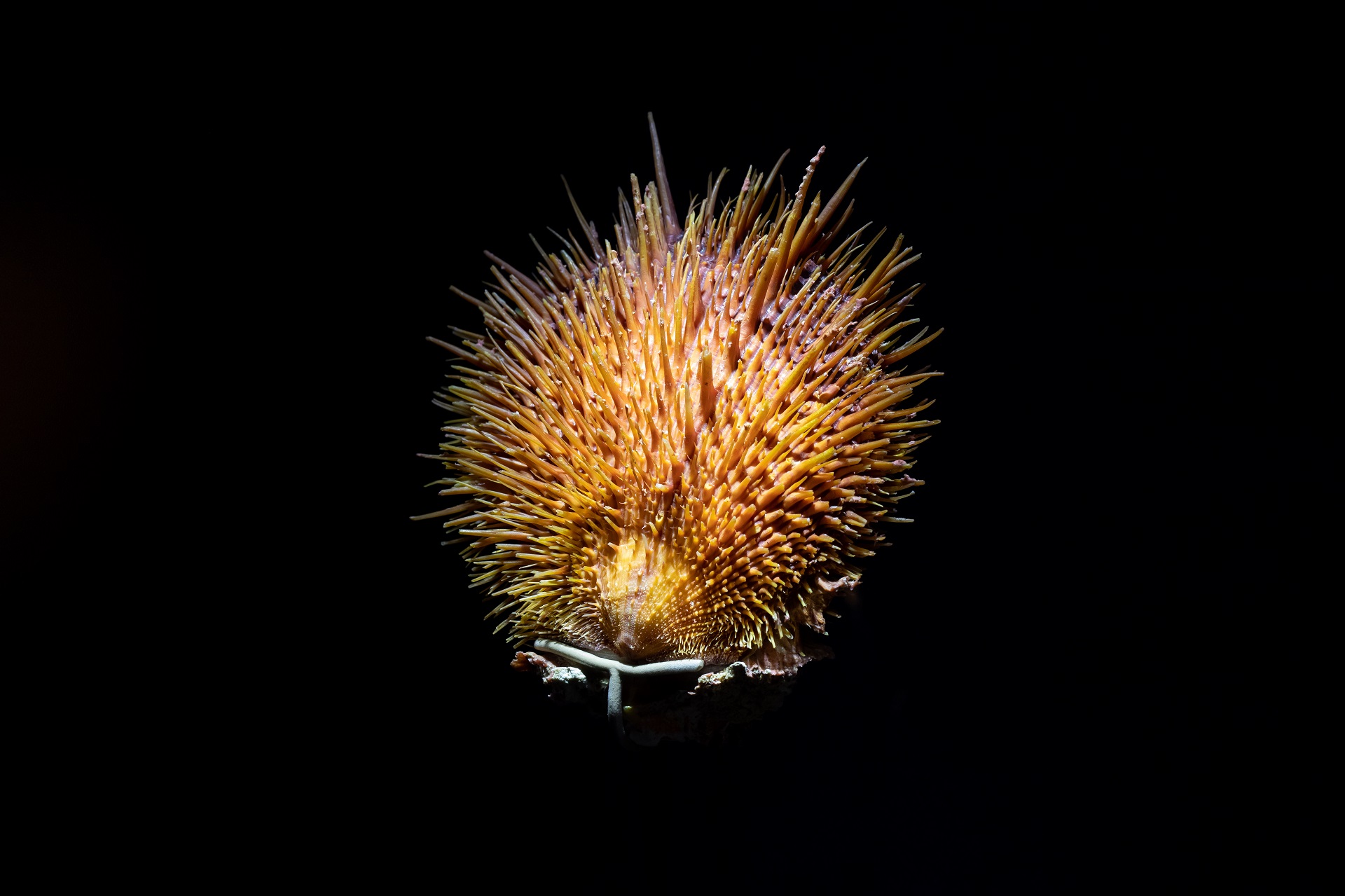Happy Independence Day! Are you going to blow some stuff up today? Well, before you do why don’t we examine just why exploding things is an appropriate way to show everyone how happy we are to be free.
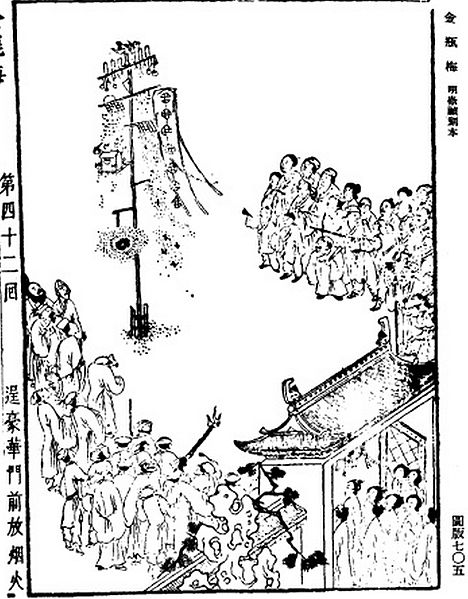
An illustration of a fireworks display from the 1628-1643 edition of the Ming Dynasty book Jin Ping Mei. Source: Wikimedia Commons.
It all started in China. Way back (some sources say it was around 200 B.C.) someone discovered that if you toss a stalk of bamboo into a fire, pressure will sometimes build up within the stalk, causing it to burst and produce a popping sound. Over time, popping bamboo became a popular way to celebrate ceremonies and holidays, partly because it was believed that the noise would scare off bad spirits, and party because it was just fun to make a lot of noise.
The invention of gunpowder around 800 A.D. changed everything. The powder would be put into tubes made of bamboo or paper and thrown into the fire, creating flashed of light and popping sounds. Not quite the elaborate bottle rockets and mini cannons we have today, but we’re getting there. The next developements in the history of fireworks come to us courtesy of Chinese military ingenuity. By 1000 A.D. the first gunpowder weapons were being produced. One of the first was the “fire lance” which was basically a spear with a bamboo tube mounted near its tip. This weapon was intended to shock the enemy rather than scare him. The idea was to disorient your enemy with the blast and then stab them with the spear point. As time went on and more reliable forms of gunpowder were developed, projectiles could be shot from the tube, and thus the earliest version of the gun was born.
Alright, so that’s enough about weapons, what about pretty lights? Well, thanks to military innovations, pretty lights reached new heights. Literally! By the 13th century, rockets had been invented and were definitely being used during celebrations. There is a preserved text that records an incident in the year 1245 in which the Empress dowager was startled by a rocked during a celebration in her honor. This is the earliest record of a rocket propelled firework.
As gunpowder technology made it’s way to Europe, knowledge of fireworks came with it. European monarchs, always looking to impress, adopted fireworks and competed fiercely to host the best pyrotechnic displays. King James II supposedly Knighted his firemaster for in recognition of his magnificent services to the crown.
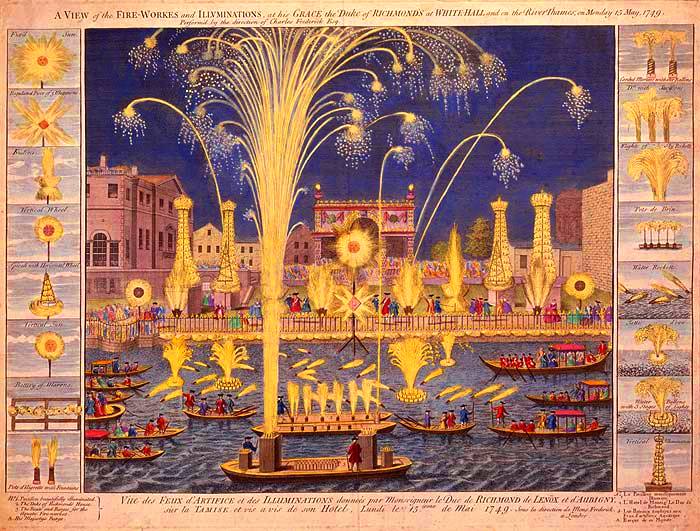
An etching of the Royal Fireworks display on the Thames, London, England in 1749. Source: Wikimedia Commons.
Another popular form of aerial fireworks were shot out of tubes or canons, they are the predecessor to modern aerial shells, which produce the vibrant displays we see today. I’m not totally sure when this method started, but there are European accounts dating to the 1600’s that mention it. One source mentions that this method was actually invented in Europe. These early aerial fireworks would have looked like geysers of light reaching several meters into the air. There were no colored lights at this time, only the natural orange glow of the sparks. Colorful fireworks were not invented until the 1830’s.
As gunpowder technology made it’s way to Europe, knowledge of fireworks came with it. European monarchs, always looking to impress, adopted fireworks and competed fiercely to host the best pyrotechnic displays. King James II supposedly Knighted his firemaster in recognition of his magnificent services to the crown.
So by the time the American Revolution began, fireworks had long been established as an awesome way to celebrate stuff. And it was only natural that such an unprecedented achievement as overthrowing a monarch’s power should be celebrated in the coolest manner possible. In fact, on July 3, 1776, just before the Declaration of Independence was signed, John Adams expressed this very belief in a letter to his wife quoted below.
“I am apt to believe that it will be celebrated, by succeeding Generations, as the great anniversary Festival. It ought to be commemorated, as the Day of Deliverance by solemn Acts of Devotion to God Almighty. It ought to be solemnized with Pomp and Parade, with Shews, Games, Sports, Guns, Bells, Bonfires and Illuminations from one End of this Continent to the other from this Time forward forever more”
Interestingly, it wasn’t the July 4th signing of the Declaration of Independence the Adams was referring to, but rather July 2nd, the day the Continental Congress voted ‘Yes’ for independence. I guess everybody else didn’t get the memo. You can read the rest of the letter HERE, it provides quite an insight into the early days of the American Revolution.
Even more interesting is the fact that the first Independence Day celebrations were held on July 4th, 1777, while the war for Independence was still going! We certainly were a confident bunch. It would be another 6 hard-fought years before the United States could truly count itself free. Fireworks displays were held in Philadelphia (which was the nation’s capital at that time) and Boston. In Philly there was also a congressional feast with long-winded and congratulatory toasts in honor of each state, 13 canon shots in honor of each state, the ringing of bells and every other conceivable way to make noise. It probably wasn’t over confidence that encouraged the founding fathers to celebrate, but rather a desperate need to increase the morale of a nation crippled by civil war.
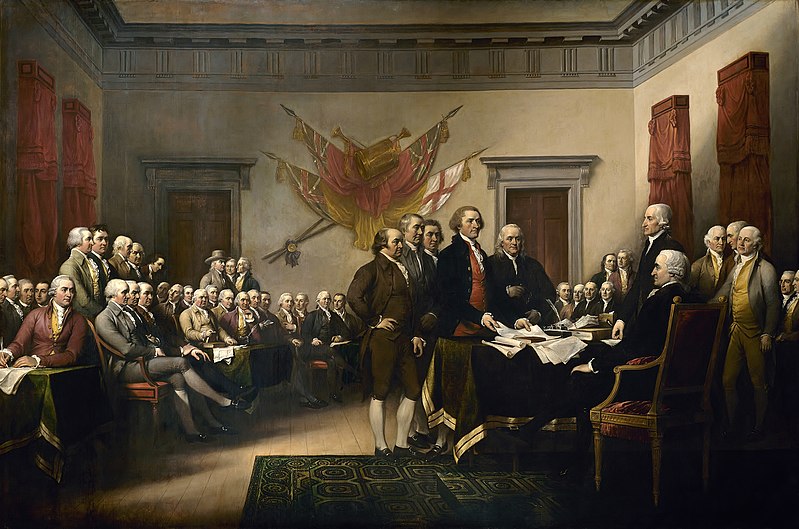
Signing of the Declaration of Independence, by John Trumbull (1756 – 1843). Source: Wikimedia Commons.
If you’re looking for a fun place to go during the holiday weekend, consider giving us a visit. We have a super cool interactive Sherlock Holmes exhibit, lost of awesome dinosaurs and I think it’s been too long since you paid your mummy a visit!
But even if you don’t plan to visit us this weekend, I hope this blog has been informative and entertaining and that you will come back to the Beyond Bones Blog to see what else we have in store!



